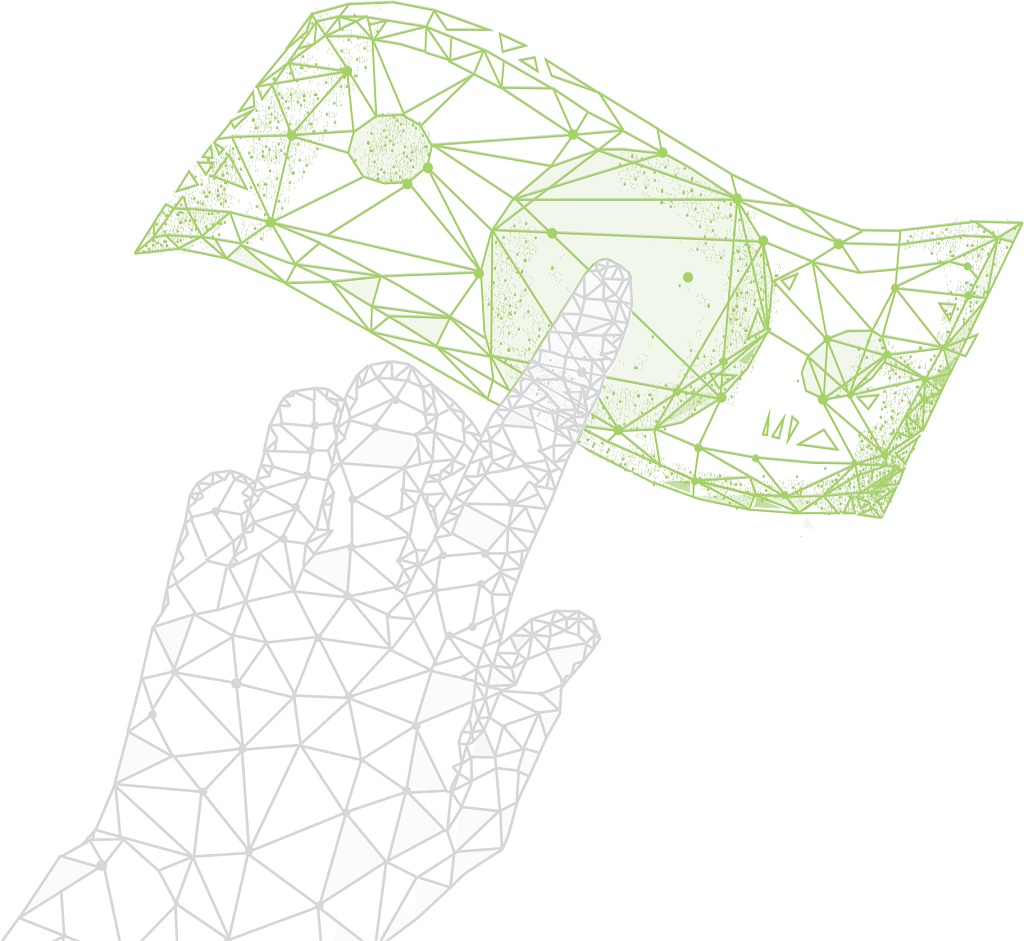Do your employees fully understand the processes behind payroll?
Payroll, for many people, remains a mystery. The processes and calculations that sit behind the monthly amount that lands in the bank account are vague and complicated. Many employees find navigating the maze of benefits, healthcare and pension payments to be overwhelming and often don’t really understand why they’ve been paid more or less each month. Which is why, says General Manager of CRS, Ian McAlister, it’s invaluable to provide people with visibility into their payroll and payments.
“The figure on the payslip is calculated using multiple factors that include the cost to companyand taxes (PAYE, UIF and SDL) – and all these factors are calculated according to different levels and scales,” he explains. “The cost to company element incorporates things like allowances, such as cars or mobile devices, which are taxed differently to normal income tax across different scales. Then you have pension funds and provident funds, and the tax breaks that they incur are also calculated differently.”
McAlister goes on to explain that medical aid is a further complicating factor. Healthcare plans are also set to different levels and will have varied tax implications. And every one of these factors will differ from person to person. This makes payroll today a very complicated and detailed process that requires absolute precision to ensure that every employee has the right salary and is taxed correctly.
“It used to be possible to run payroll on an Excel spreadsheet but with all these different considerations, it just doesn’t cut it anymore,” he adds. “You need proper software that can calculate and automate payroll, and which is configured to calculate different earnings and deductions correctly. This kind of system will also provide employees with the visibility they need to ensure they understand payroll, and can catch any errors themselves.”
With the fluctuating rate and requirement changes that come with SARS, it’s become really important for both the employee and the employer to understand payroll and the system properly. A single shift in salary bracket or change in tax requirement could cost both in fines and unexpected bills if not calculated and managed correctly. For the business, this means investing in a payroll platform that can be customised at speed, and trusted to deliver the right results on demand. For the employee, it means making sure that every deduction and calculation is clear and that they understand the process completely.
“The smart choice is to look to using a payroll platform that can be customised for different markets and country requirements – many organisations now have global employees and need to easily manage their varied payroll regulations,” concludes McAlister. “Ensure that you provide employees with simple and easily understood insights into how their payroll works and why certain deductions are made so that they feel like their work and their needs are being met. This will not only help both business and employee catch any unexpected errors, but will keep payroll aligned with regulations.”




